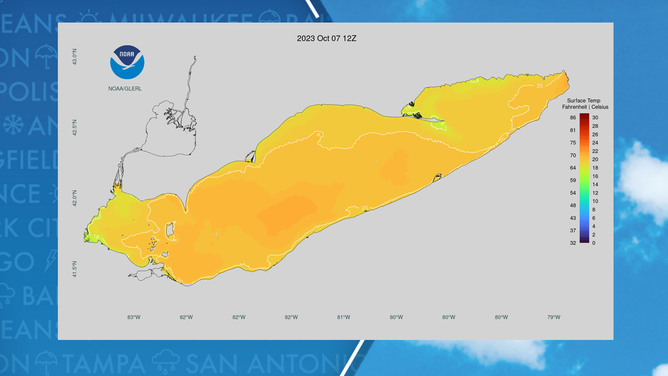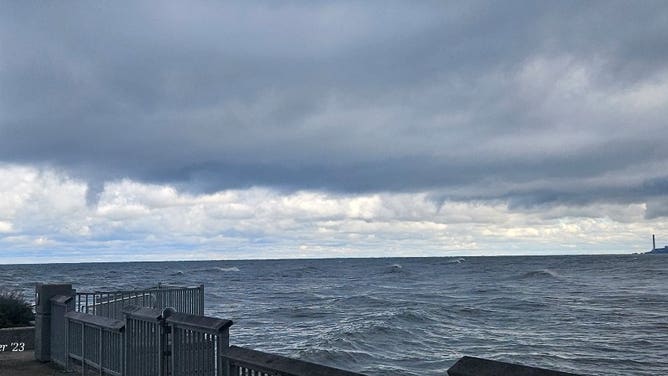Over 180 sightings of waterspouts and funnels reported along shores of Lake Erie, researchers say
The height of waterspout season runs from August through October. None of the funnels or waterspouts are thought to have moved onto land where they would have been declared tornadoes.
Record-breaking 188 waterspouts recorded over Lake Erie over the weekend
Wade Szilagyi, the director of the International Centre for Waterspout Research, joined FOX Weather on Tuesday to explain what’s behind the record number of waterspouts that were observed over Lake Erie over the weekend.
CLEVELAND - "Here a waterspout. There a waterspout. Everywhere a waterspout," is likely a phrase people were thinking along Lake Erie on Saturday as National Weather Service offices received dozens of reports of funnels and twisters across two states.
"This was an unprecedented situation," Wade Szilagyi, director of the International Centre for Waterspout Research, told FOX Weather. "The Great Lakes, and in particular Lake Erie, was at record-breaking warm temperatures — in the low 70s this time of year."
A significant fall frontal boundary that pushed through the Great Lakes helped to cool the air and trigger the phenomenon, which did not yield any damage but created sights of vortexes.
"When this cold air moves over this very warm water, that creates very unstable conditions that are prime for waterspout development," Szilagyi said.
Dozens of waterspouts spotted Saturday along the banks of Lake Erie
Residents in both Pennsylvania and Ohio were treated to a display of fair-weather waterspouts Saturday.
Most of the reports came from northeastern Ohio and northwestern Pennsylvania, where water temperatures on Lake Erie were in the 60s to nearly 70 degrees.
Jeff Barnes, an International Centre for Waterspout Research observer, said he spotted at least 62 funnels and waterspouts from his perch in Fairport Harbor, Ohio.
The ICWR said Saturday, according to its historical data, was a record day with 188 reports along the lake. And Szilagyi says there were likely dozens more that occurred over the middle of the lake away from observers and at night.
"I would say there was at least double the number of waterspouts out there," he said. "So we’re taking about in the 300s."

Water temperatures along Lake Erie
Before the event, National Weather Service forecasters believed it would be a favorable day for fair-weather twisters, but no one foresaw the number of cyclones that filled the air.
Typical waterspout season runs from late summer through early fall as the first significant waves of cool air push in over the lakes, creating a stark contrast to the warm surface temperatures of the water.
The clash between temperature zones helps create instability and the chance for funnels and even rain showers to form.
Marine advisories were issued by local NWS offices warning boaters of the potential for waterspouts and rough conditions on the lake.
VIDEO CAPTURES FLORIDA BEACHGOERS RUNNING FROM WATERSPOUT THAT INJURED 2
As air temperatures rebound and water temperatures start to cool, there’ll be less of a differential between the two zones, reducing instability and the chances of seeing funnels over the next few days.
None of the waterspouts appeared to have reached the shore, where the features would have been classified as a tornado.

Funnels spotted from Euclid, Ohio, on October 7.
(Connie Brinker / FOX Weather)

